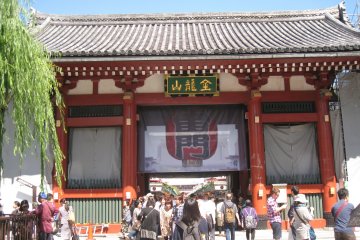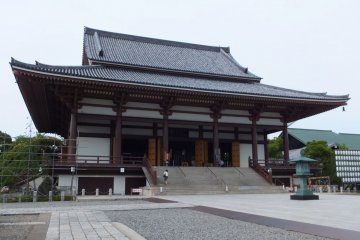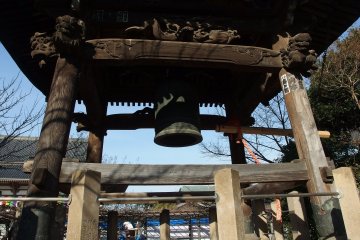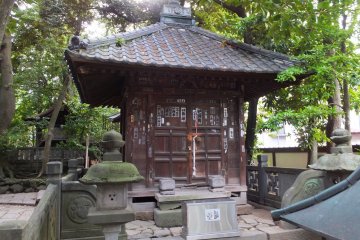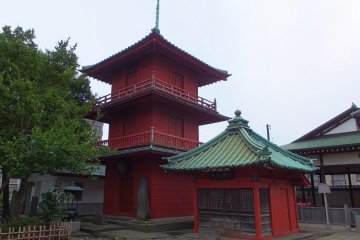Legend states that Kukai, first master of Japan's esoteric Buddhist tradition, founded Nishiarai Daishi Temple way back in the ninth century when he stopped by the area to preach. Buddhist rites were apparently held to help the local villagers who were worried about an epidemic of disease in the area. After three weeks of prayer and ritual, the story goes that clean, fresh water gushed up from out of a well, helping to cure those who were afflicted.

Such piety remains to this day as the temple, known officially as Soji-ji and one the three top Shingon Buddhist temples of the Buzan branch, sees scores of believers visiting to pray for help with illness. There is one fascinating shio Jizo stone statue at the temple that is covered with salt. People with warts come here to pray, the custom being that you take a little pinch of salt with you after your prayers and if your warts disappear, you return with twice the amount of salt you took.

There are quite a number of interesting structures including the Sanmon Main Gate with its intricately carved woodwork, the handsomely regal Dai-Hondo Main Hall and the Sankodo stairless pagoda tower. You'll also find a lovely garden and pond to the left of the main hall dedicated to Benzaiten, deity of music and fortune as well as a 700-year old wisteria canopy ready to bloom in late April.

Along with the ample space and structures, the temple hosts numerous events throughout the year including fire rituals, the Daruma Kuyo doll burning festival in February, the wind-chime festival in July, Bon dancing in August and the traditional New Year period festival that sees the ringing of the temple bell to ward off evil for the coming year.





